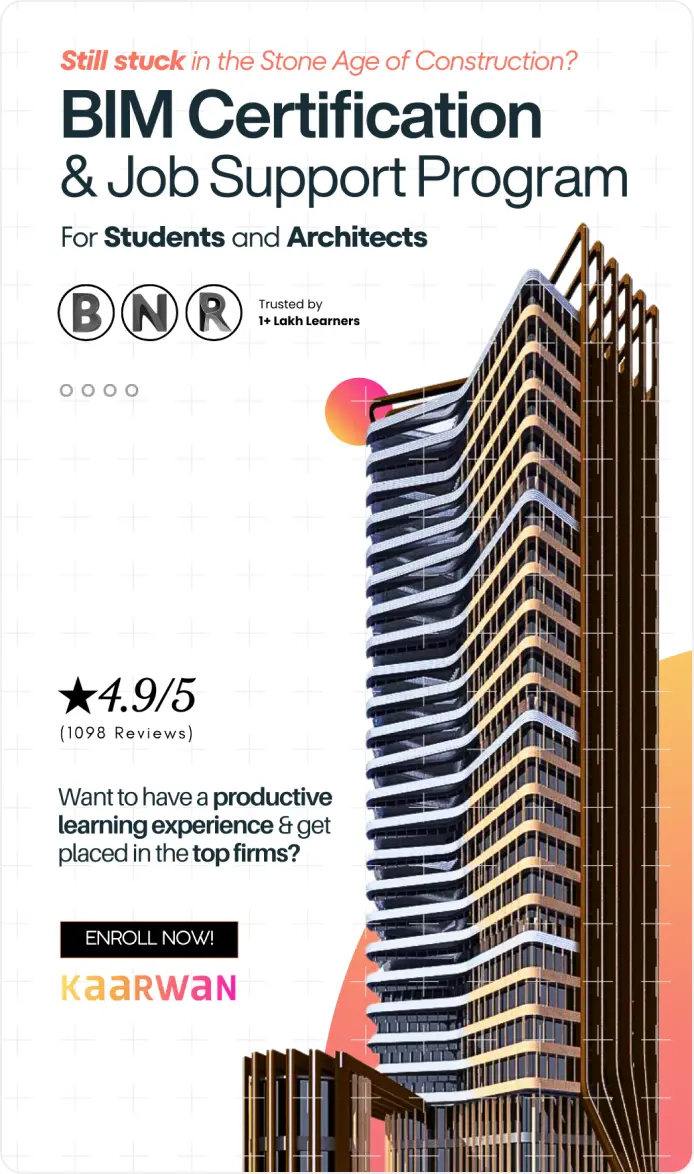How did slum culture start in Mumbai? Let's look at the case of Dharavi
 Image Credit: via IUD blog
Image Credit: via IUD blog
Dharavi's growth is tied to the way people moved into Bombay. At first, the Koli community started settling there because the land was free and there weren't many rules about using it. Plus, Dharavi was basically just a big garbage dump, so no one else wanted it.
Eventually, Mumbai became a melting pot of different communities. And most of these communities started setting up informal slums like Dharavi. By the late 1800s, potters from Saurashtra and leather tanners from Tamilnadu moved to Mumbai and set up their businesses. Artisans and embroidery workers from Uttar Pradesh started the ready-made garment trade, while Tamilians started making delicious savories and sweets! With this influx of businessmen several mills sprouted in the city. Mumbai's commercial hub status and access to ports attracted more and more people.
The majority of the land in Dharavi is under government ownership, making it an ideal location for migrants to occupy and establish informal settlements. Consequently, Dharavi transformed into what it is today. One of the biggest slums in the world.
Issues with urban slums
Slums grow organically and without proper planning. Hence, they are overcrowded with no proper ventilation, sanitation, or drainage. Access to clean water is limited, so people have to either pay a lot for it or use polluted sources. Plus, there aren't many toilets around, so open defecation is pretty common which leads to diseases. And when it rains, things get even worse. Since there's no proper drainage system, the slums get flooded and contaminated.
Often urban slums can lead to silos in population. Sadly, slum dwellers are infringed from other social groups in the city. This can be due to gaps in living conditions, education levels, socioeconomic status etc. can lead to social unrest and friction.
 Image Credit: via Times of India
Image Credit: via Times of India
Such a stark contrast in the living conditions, right? Did you know that half of the population of Mumbai is living in slums?
Why is that? Is it being due to lack of houses? The Economic Survey of India, 2018 says there were 5,00,000 vacant houses in Mumbai and a 12% vacancy rate in urban India's housing stock.
Which means Mumbai, much like many other metro cities in India has an urban paradox: Lack of urban housing and increase in the number of vacant houses.
If we have empty houses why are people not living in it?
“The phenomenon of high vacancy rates is not fully understood, but unclear property rights, weak contract enforcement and low rental yields may be important factors. The spatial distribution of the new real estate may also be an issue, as the vacancy rates generally increase with distance away from the denser urban core,” the Survey points out.
Lack of affordable houses, absence of community participation during planning and construction of new "affordable housings", increase in real estate investment by NRIs could be a few more reasons for this paradox.
 Image Credit: via BNN Breaking
Image Credit: via BNN Breaking
Gaps in the current policies: Case of SRA
The Slum Rehabilitation Authority's (SRA) main mandate is to redevelop slums in Mumbai by providing slum dwellers with alternative housing instead of their existing dwellings. Private developers team up with the SRA and the people living in the slums. The developers build new homes, the SRA provides the land, and the slum dwellers get either free housing or some cash.
The SRA model, while aiming to address slum conditions, tends to prioritize builder profits over genuine rehabilitation. This often results in cramped, poorly designed housing with hidden costs. Additionally, projects displace communities, disrupting social networks and marginalizing vulnerable populations. The top-down approach lacks community input, leading to housing solutions that may not align with residents' needs. Affordability remains a challenge, as supposedly affordable units are often out of reach for many low-income families.
What can we do as architects and planners?
Community-Driven & data backed Approaches
Participatory planning can be a great way to include slum dwellers in their rehousing projects. The example of Aranya Housing by Architect BV Doshi in Indore comes to mind: Residents weren't simply consulted; their suggestions and concerns were actively incorporated into the design plans, fostering a sense of ownership and responsibility for their new homes and community.
Apart from this we can use latest technology like Modular construction and GIS to make well informed and quicker solutions for urban slums.
If you want to learn more about contextual design, you can check out our one-day site analysis masterclass here. If you're an architect or designer looking to expand your knowledge and skills in the field, consider exploring the workshops offered by Kaarwan.
Our result-oriented workshops are designed to help professionals like you achieve your career goals through affordable and practical skill-based learning.

